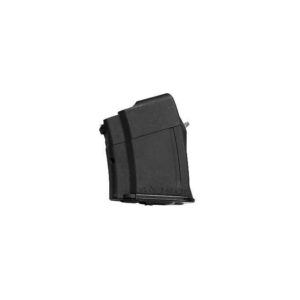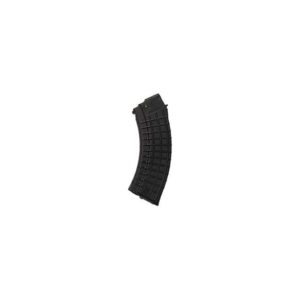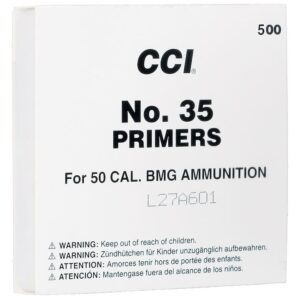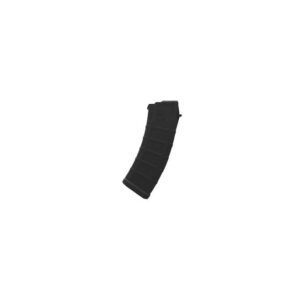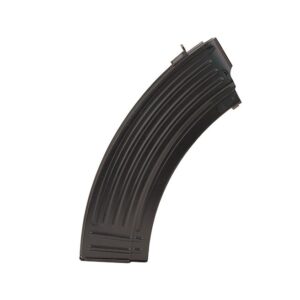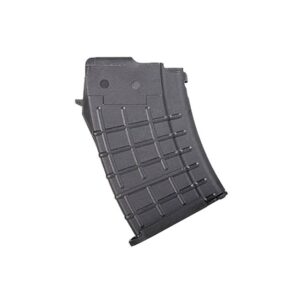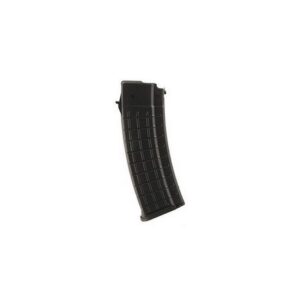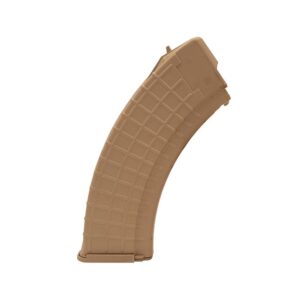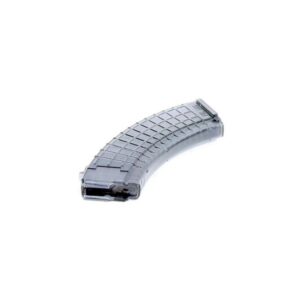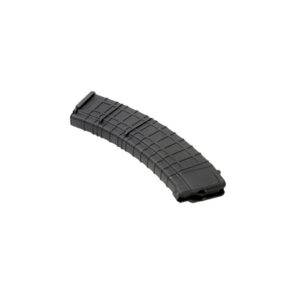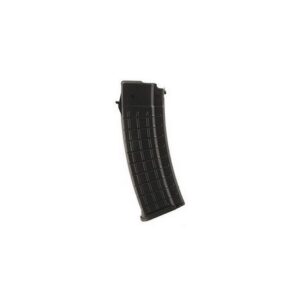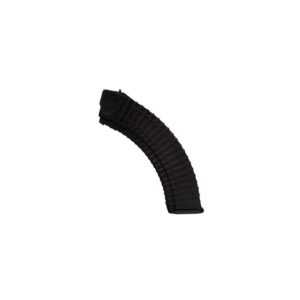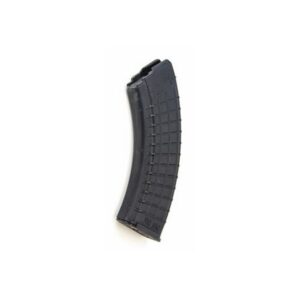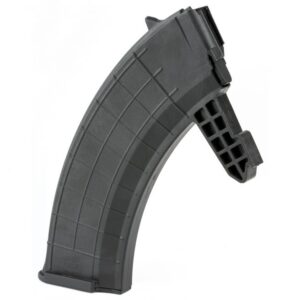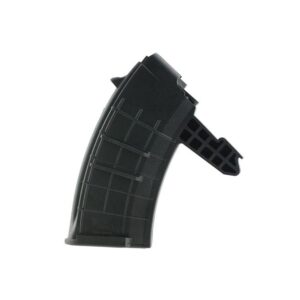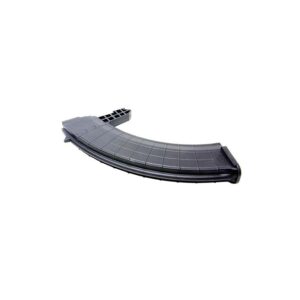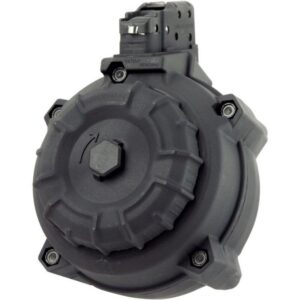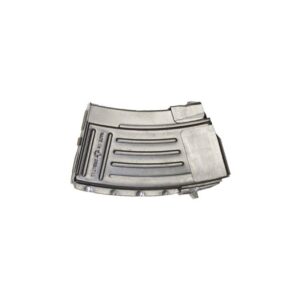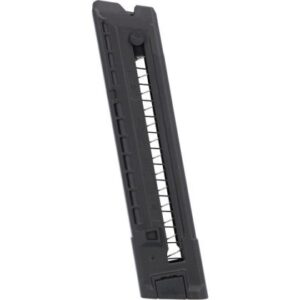AK magazines are an essential component of the AK series of rifles, such as the AK-47, AKM, AK-74, and their variants. These magazines come in various designs, materials, and capacities, but they are all designed to feed ammunition reliably to the AK rifle’s gas-operated, rotating-bolt action. Here’s an overview of key aspects related to AK magazines:
1. Design & Functionality
- Curved Shape: Most AK magazines, particularly for the 7.62×39mm cartridges, have a pronounced curved design. This is because the round is tapered, and the curve ensures reliable feeding of ammunition into the rifle’s chamber.
- Feed Lips: The top of the magazine has feed lips that ensure smooth feeding of cartridges into the AK’s chamber, with a follower pushing rounds up through spring tension.
- Follower: A component inside the magazine that helps push rounds upward as each round is fired.
- Spring: The internal spring compresses as the magazine is loaded and decompresses as rounds are used, maintaining constant upward pressure on the follower and cartridges.
2. Calibers and Compatibility
AK magazines come in different calibers depending on the model of the rifle:
- 7.62×39mm: The standard AK-47/AKM caliber, magazines typically hold 30 rounds but can range from 10 to 75 rounds in various configurations, such as drum magazines.
- 5.45×39mm: Used in AK-74 rifles, these magazines tend to be straighter and more slender than 7.62×39mm magazines, holding 30 rounds.
- 5.56×45mm NATO: Some AK rifles are chambered for this NATO round (e.g., AK-101). These magazines may vary slightly in shape and material but are designed to work reliably with the same AK mechanism.
3. Material Types
- Steel: Early AK magazines were made from stamped steel. These magazines are extremely durable and heavy, with a distinctive ribbed design for added strength. They are known for their ruggedness and long service life.
- Aluminum: Some magazines, like East German and Bulgarian variants, were made from aluminum to reduce weight.
- Polymer: Modern AK magazines are often made from reinforced polymer materials. They are lighter than steel magazines, corrosion-resistant, and durable. Examples include magazines from Magpul, Tapco, and Russian military-issue polymer mags.
- Bakelite: Soviet-era magazines were sometimes made from bakelite, a hard, heat-resistant plastic. These orange-colored magazines are now considered collectible.
4. Capacity Options
- Standard 30-Round Magazines: The most common magazine for the AK platform.
- 10-Round Magazines: Often used for hunting or in regions with magazine capacity restrictions.
- 40-Round Magazines: Typically used in extended firefights or for additional firepower.
- Drum Magazines: Usually hold 75 or 100 rounds and provide high-capacity ammunition storage but are heavier and bulkier than standard magazines. These are more common in RPK light machine guns.
5. Countries of Manufacture
AK magazines have been produced in numerous countries around the world, particularly in countries that have adopted the AK rifle platform for military use. Some well-known countries include:
- Russia: Original AK magazines were manufactured in Russia (formerly the Soviet Union), and they are still producing both steel and polymer variants today.
- Bulgaria: Known for high-quality polymer and steel magazines, often regarded as some of the best available.
- China: Chinese magazines (especially Norinco) are widespread and often considered durable.
- Romania, Poland, Hungary: These Eastern European countries produced their own variants, often with slight design differences.
6. Aftermarket Options
There are numerous aftermarket manufacturers that produce magazines for AK rifles, such as Magpul (known for their PMAG series) and Tapco. These companies often offer lighter, polymer magazines with modern features like improved gripping surfaces or smoother feeding reliability.
7. Drum Magazines
Drum magazines for the AK platform can hold significantly more rounds, typically 75 to 100. These are often used in support roles or for sustained fire but add significant weight to the firearm.
8. Magazine Maintenance
AK magazines, especially those made of steel, require maintenance to prevent corrosion. Regular cleaning and oiling help extend their lifespan, particularly in harsh environments. Polymer magazines require less maintenance but should still be kept clean for optimal performance.
In conclusion, AK magazines are known for their durability and reliable feeding, making them an integral part of the AK platform’s reputation for ruggedness. Whether made from steel, aluminum, bakelite, or modern polymers, AK magazines play a crucial role in the functionality of these legendary rifles.
